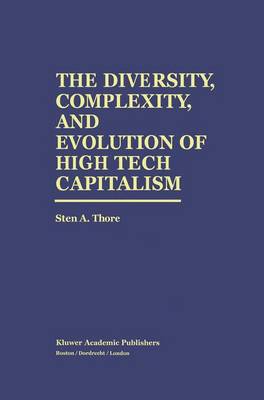In his book "Jurassic Park" (and in the movie based on the book), Michael Crichton describes a crazed professor who through techniques of genetic engineering manages to recreate the dinosaurs and giant ferns of 65 million years past. Once the giant Tyrannosaurus Rex is brought to life. a powerful dynamics sets in: evolution. The prehistoric world embarks on a collision course with man. Researching his book, Crichton had been reading up on paleontology and on the mathematical theory of evolution, catastrophes, and chaos. Crichton explains some of the twists of nonlinear mathematics that are rewriting not only thermodynamics, physics, and chemistry (that all grapple with evolving and turbulent processes) but also paleontology, genetics, medicine and even anthropology. Collapse and chaos is not limited to prehistoric animal kingdoms and ancient civilizations. The collapse of the Soviet Union and the political and economic chaos in its aftermath demonstrate that modern civilizations are just as vulnerable. This book aims at reexamining some main portions of the discipline of economics from the point of view of economic change and creativity. There are two aspects to this perspective. First, diversity and complexity. The range of different kinds of high technology products available to consumers and producers increases rapidly. Each product is the result of a long and complex production hierarchy. As these hierarchies grow, they deliver ever more diversified and complex high tech goods. Other hierarchies fall by the wayside.
- ISBN13 9780792396390
- Publish Date 31 October 1995
- Publish Status Active
- Publish Country NL
- Imprint Springer
- Edition 1995 ed.
- Format Hardcover
- Pages 203
- Language English
